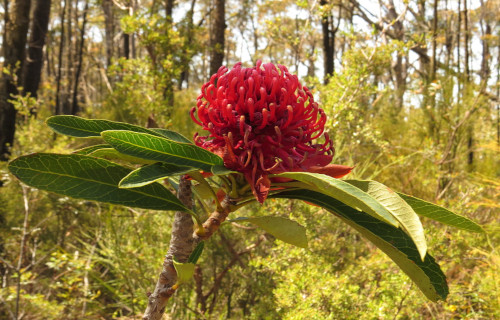
We hope that each of you, our readers, will enjoy and appreciate this article we present about these 3 Wonderful Woody Shrubs of Australia. It was certainly our pleasure to gather the information for you. May it provide you with both education and increased awareness.
Certainly, these few species listed herein represent only a portion of the similar marvels found in this area. It’s our belief, though, that they serve as excellent representations of the wonders that exist. Check out some of our other articles for similar marvels.
Sturt’s Desert Pea
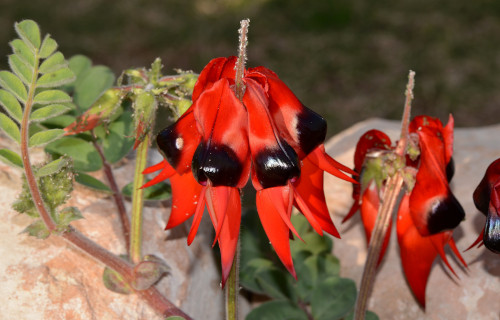
Sturt’s Desert Pea Facts
- Starting off this article about 3 Wonderful Woody Shrubs of Australia we present you with the amazing Sturt’s Desert Pea.
- This remarkable product of Nature and evolution most frequently goes by the somewhat unusual common name for reasons to be made known. Yet, it does have less often used general titles. These include such terms as glory flower and blood flower.
- Inside of the scientific community, however, it’s likely more often referred to by its technical lable. Thankfully for the layperson, that’s a comparatively simple moniker to pronounce, at least as such things go. It holds formal eptithet of Swainsona formosa.
- Intriguingly, the official name it holds has changed multiple times since its discovery by modern researchers. William Dampier collected the first samples by a European explorer in 1699. Those specimens still exist today, preserved at Oxford University.
- In the 18th century, it received the tag Clianthus dampieri. Later, that changed to Clianthus formosus. Australian botanist Joy Thompson eventually gave it the honorific it holds today. The common name honors a British explorer of its native region.
- The distinctive Sturt’s Desert Pea appears to be maintaining a stable and sufficient population base. That fortunate condition further seems to hold true throughut the entirety of its range. It thus does not currently appear on the Red List of the IUCN.
- The marvel of Nature nevertheless should be considered to be facing several potential threats to its continued existence as a species, at least. Most of these stem from the actions of humans. They include the perils of habitat loss and climate change.
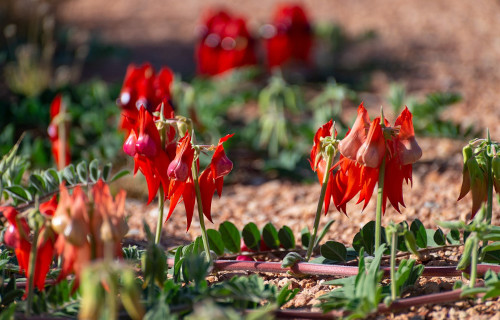
Sturt’s Desert Pea Physical Description
The intriguing Sturt’s Desert Pea almost immediate draws the attention of those fortunate enough to encounter it. That occurs due to several reasons, though. Certainly, its unsual appearance qualifies as one draw. Yet, the woody shrub also achieves a respectable size.
Mature specimens most typically reach a height equaling somewhere between 1.64 – 2.5 ft (0.5 – 0.75 m). The amazing plants tends to spread out, however. The flora therefore grows much wider than tall. An average measurement across ranges from 3.3 – 9.9 ft (1 – 3 m).
Surprisingly for may people, this wonderful Angiosperm actually classifies as a member of the pea family! Many of its basic physical characteristics thus accordingly resemble others of this group. Among those traits is the fact that the species evolved as a perennial.
Each specimen of this remarkable product of evolution produces multiple thin stems. These themselves each possess a relatively dense covering of short, thin white hairs. In basic coloring, this specific part of the unusual plant typiclly shows a light green shade.
The leaves of the Angiosperm develop along the stems, which generally remain prostrate. This foliage also displays the same covering of hairs as the stems. These appear in pairs, on opposite dies of the stem. In color, they usually show a dark, dull green shade.
It’s the flowers of the Sturt’s Desert Pea that distinguish it the most, though. Unlike the leaves, these develop on short, upright stalks. In length, they average about 3.5 in (9 cm). The blooms also generally manifest in groups of six to eight a each occurrence.
The petals develop as elongated and pointed, as well as most commonly a striking scarlet or blood-red in color. A most unusual large balck swelling additionally grows at the base of the petal. On rare occasions, however, other color varieties appear, such as white or pink.
- Kingdom: Plantae
- Phylum: Trachephyta
- Class: Eudicots
- Order: Fabales
- Family: Fabaceae
- Genus: Swainsona
- Species: S. formosa
Sturt’s Desert Pea Distribution, Habitat, and Ecology
The impressive Sturt’s Desert Pea evolved as native to a moderately large section of the earth’s surface. Given its unique nature, the location of that zone of habitation probably won’t surprise many of you. That’s because the flora developed as endemic to Australia.
Thankfully, within that range, the wonder thrives across the vast majority of the continent. The lone exception to this in this area seems to be the state of Victoria. It’s also absent from the neighboring islands associated with the continent as well, however.
Like many related plants, this marvel of evolution displays decidedly strong preferences regarding its choice of habitat. Normally, this kind of specialization serves to limit the flourishing on plants. Here, though, much of the region holds very similar environments.
The woody shrub generally makes its appearances in areas comprised of either open plains or relatively arid woodlands. It’s thus evolved to tolerate and even do well in the extremes of temperature common to such ecosystems. It also requires the soil to be well-drained.
The Sturt’s Desert Pea flowers from spring to summer. Pollination occurs almost exclusively via the actions of birds. Occurring in legume form, the fruit contains 50 or more kidney-shaped seeds. These also possess an extremely hard outer shell, which inhibits germination.
Yet, this also protects them. They sometimes lay dormant for years, until the next hard rain. At this time, the coat dissolves, allowing the seed to take root. Then, it quickly establishes a deep taproot, which aids in reaching water buried deep in its normal environment.
New South Wales Waratah

New South Wales Waratah Facts
- Our next choice for inclusion in this compendium of 3 Wonderful Woody Shrubs of Australia is the gorgeous New South Wales Waratah.
- This beautiful and distinctive product of botanical evolution most frequently goes by the informative common name due to its native range. The marvel does have one other general title, though. That’s true since it also holds the much shorter term waratah.
- Both, however, are much simpler than the one by which it’s perhaps better known within the scientific community. That moniker, unfortunately, is quite difficult for the layperson to pronounce. It bears the techincal appellation of Telopea speciosissima.
- The English botanist, James Edward Smith, first described the species in 1793. He, however, assigned it the tag Embothrium speciosissimum. Later, though, Scottish botanist, Robert brown, assigned the botanical marvel the official epithet it holds today.
- Previously, a certain amount of confusion existed among researchers regarding this creation of Nature. This occurred due to disagreement over the possibility of the existence of subspecies. Currently, however, none are recognized by science.
- Thankfully, the awesome New South Wales Waratah appears to be maintaining a thriving population base. That pleasant state further seems to hold true across the entirety of its native range. The IUCN therefore presently lists it as Least Concern.
- The wonder nevertheless still faces numerous potential threats to its continued existence as a species. Like all other forms of life on earth today, though, most of these stem from the actions of mankind. Perhaps its chief threat comes from climate change.
New South Wales Waratah Physical Description
The aptly-named New South Wales Waratah almost immediately captures the attention of individuals who encounter it. Unlike some flora around the world, however, it does so for more than one reason. That’s true since it’s both lovely and of a very respectable size.
The plant develops as a shrub, but one that reaches large dimensions. Most examples attain heights ranging from approximately 9.8 – 13.1 ft (3 – 4 m). Exceptional specimens do naturally occur, of course, yet even they rarely exceed these dimensions by much.
Each plant of this visually impressive species typically produces at least one, but often several stems. These features grow upward from a sizeable woody base, and rise either nearly or completely vertically. Most plants also produce no branches extending from this.
Every stem does, however, manifest multiple leaves. This foliage typically appears in an alternating pattern at varying locations along the length of the shaft. These average 5 – 10 in (12.7 – 25.4 cm) in length. They’re also dark green in color, with toothed edges.
Yet, it’s the fantastic flowers of the New South Wales Waratah that garner the most attention. These develop inside of a protective shell of leafy bracts. Each flowerhead consists of as many as 250 individual, elongated structures that create a slightly domed shape.
Collectively, this structure measures an average of 3 – 4 in (7.6 – 10.2 cm) in diameter. But, it’s the color of this breathtaking blooms that catches the eye. In color, this generally displays as a deep, crimson red. That color pattern extends to the surrounding bracts, too.
- Kingdom: Plantae
- Phylum: Tracheophyta
- Class: Magnoliopsida
- Order: Proteales
- Family: Proteaceae
- Genus: Telopea
- Species: T. speciosissima
New South Wales Waratah Distribution, Habitat, and Ecology
The otherworldly beauty of the New South Wales Waratah evolved as native to a very limited portion of the surface of the earth. The precise of location of that zone of habitation remains pretty clear, though. As the name implies, it lives naturally in New South Wales.
This state of Australia places the plant’s native range on the east coast of the continent. Yet, even within this greater are it only inhabits certain sections. It mainly lives in the central coast region. Other groupings, though, live in such places as the Watagan Mountains.
The intriguing flora additionally displays decidedly strong preferences regarding its choice of habitat. Sadly, however, these only serve to further limit is possibility of expansion. In all places it lives, though, the plant generally represents part of the local understory.
It most frequently develops in regions comprised of open forest. Yet, these same surroundings must still meet precise criteria. The soil must possess a high concentration of sand, and the surrounding region must receive a moderately high level of annual rainfall.
The New South Wales Waratah also possesses yet another distinctive evolutionary characteristic. That’s due to the fact that insects have very little to do with its pollination. Instead, it typically achieves this via the visitation of various birds, and even a few mammals.
The marvel of Nature usually blloms for around 6 weeks, during September to October. It’s also actually developed to flourish best following a wildfire. Its underground woody base survives the fire, and later takes advantage of the removal of competing plants to thrive.
Gympie-Gympie
Gympie-Gympie Facts
- Closing out this listing of 3 Wonderful Woody Shrubs of Australia we present the creation of time and natural processes known as the Gympie-Gympie.
- This intriguing product of Nature and evolution most frequently goes by the distinctive common name we’ve used here in its native range. Yet, it does have other general titles. These include the terms stinging tree, stinging bush, or suicide tree.
- Within the scientific community, though, it’s perhaps better known by its technical designation. Unfortunately, like many such names, it’s difficult for the layperson to pronounce. That’s because it holds the formal epithet Dendrocnide moroides.
- The fascinating flora received that tag due to the efforts of the Singaporean botanist, Wee-Lek Chew. His, however, was a redesignation of the species. It received its original recognition as a separate species previously, and under another formal moniker.
- Pleasantly, the remarkable Gympie-Gympie appears to be maintaining a thriving population base. That fortunate state also seems to hold true throughout the entirety of its native range. The IUCN therefore does not presently list it on its Red List.
- Unfortunately, though, that uncommon status could potentially change in the foreseeable future. This occurs because of the fact that, like many species possessing a limited natural range, it now finds itself facing various threats to original populations.
- Like all forms of life on this planet, most of the perils it faces stem from the actions of mankind. These include such dangers as habitat degradation and, of course, climate change. Human expansion of its territory eases its situation somewhat, though.
Gympie-Gympie Physical Description
Perhaps most notably, despite its size, the incredible Gympie-Gympie usually appears as a single-stemmed plant. Yet, the botanical marvel displays a surprising versatility. In fact, the remarkable plant sometimes develops as a small tree with a very thin trunk.
Impressively, individual specimens of the flora occasionally attain heights measuring as much as 10 ft (3 m). More commonly, however, individual examples measure about 3.3 ft (1 m) in height. The variations in size typically occur due to differences in local conditions.
The stems of the Angiosperm most commonly develop as comparatively thin, and flexible. These produce several heart-shaped leaves measuring from 5-9 in (12-22 cm) in length. Each also averages roughly 4-7 in (11-18 cm) wide, and have a dense covering of fine hairs.
Somewhat surprisingly, the flowers of the amazing Gympie-Gympie develop as relatively small in size. Following their blooming, these produce small, mulberry-like fruit. In terms of coloring, these tiny fruits typically present hues ranging from bright pink to purple.
- Kingdom: Plantae
- Phylum: Angiosperms
- Class: Eudicots
- Order: Rosales
- Family: Urticaceae
- Genus: Dendrocnide
- Species: D. moroides
Gympie-Gympie Distribution, Habitat, and Ecology
The highly distinctively evolved Gympie-Gympie developed as native to a moderately small section of the surface of the earth. Given its numerous amazing qualities, though, the location of that zone of habitation likely won’t surprise many people who learn of it.
That’s true since this impressive plant orginated on the continent of Australia. Even with those greater confines, however, it only lived in a specific section of the landmass. All known original concentrations of the biological masterpiece appeared in the northeast areas.
Like many related species, it displays decidedly strong preferences regarding its choice of habitat. In its region of origin, this consists almost entirely of sections of dense rainforest. There, it makes its presence known either in or near the areas of greatest density.
With the expansion of mankind into its territory, though, it’s proven itself to be highly adaptible. It’s also shown itself to be quite opportunistic. Due to this, it frequently and rapidly moves into man-made clearings, and along watercourses and even roadsides.
Within the ecosystem Nature intended it for, the Gympie-Gympie plays an important role. That’s due to the fact that multiple insect species consume its leaves. At least one mammal also feeds on these, despite their toxic nature. Various birds also feed on its many berries.
This dangerous yet fascinating species also ranks as unique within its genus. That’s because the plant evolved an uncommon characteristic. It produces both male and female flowers. In its case, the males typically remain the minority, being surrounded by the females.
It also developed an extremely effective and powerful protection. That’s because contact with any of the countless tiny hairs covering its entirety releases a powerful toxin. Although not fatal, even minor contact frequently produces extreme pain in the unfortunate victim.
3 Wonderful Woody Shrubs of Australia
We hope that each of you enjoyed reading, and hopefully learning from, this article we’ve written about these 3 Wonderful Woody Shrubs of Australia. It’s also our hope that doing so has left you with either a new or renewed appreciation for such wonders of Nature.
Unfortunately, however, many other species around the world now find themselves facing strong threats to their continued existence. Many of those dangers, in fact, stem from the actions of mankind. We must do all we can to protect and preserve them all.
Check out our other articles on 3 Awesome Antarctic Land Species, Africa’s Many Geological Masterpieces, 7 Magnificent West Coast Marvels, The Mighty Tornado
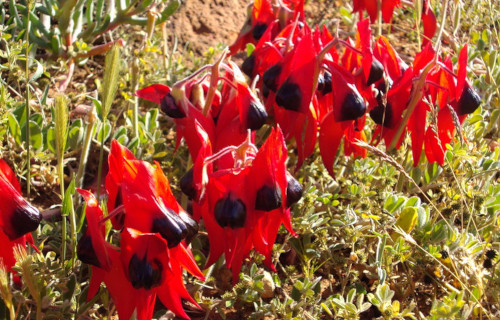
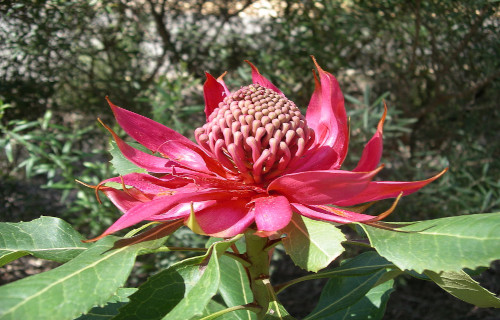
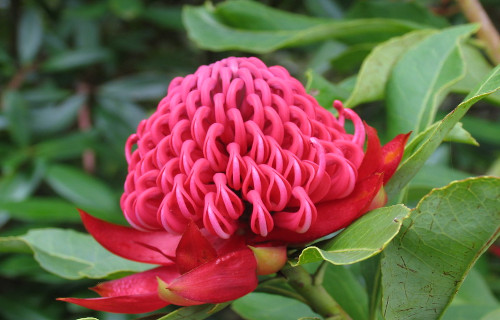
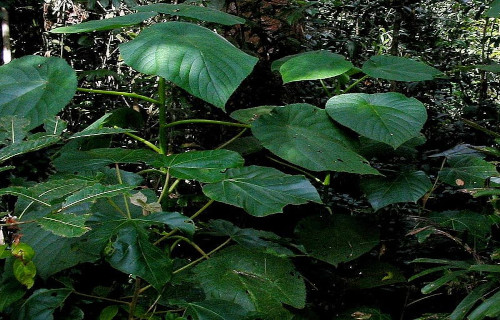
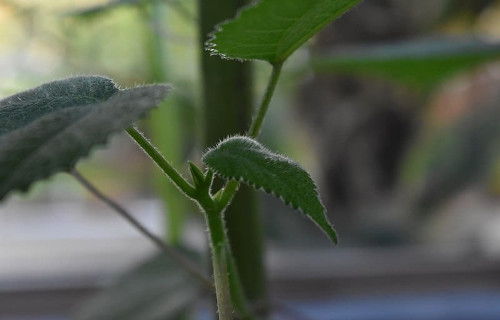
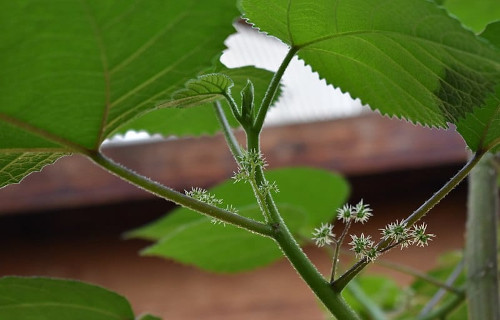









Leave a Reply